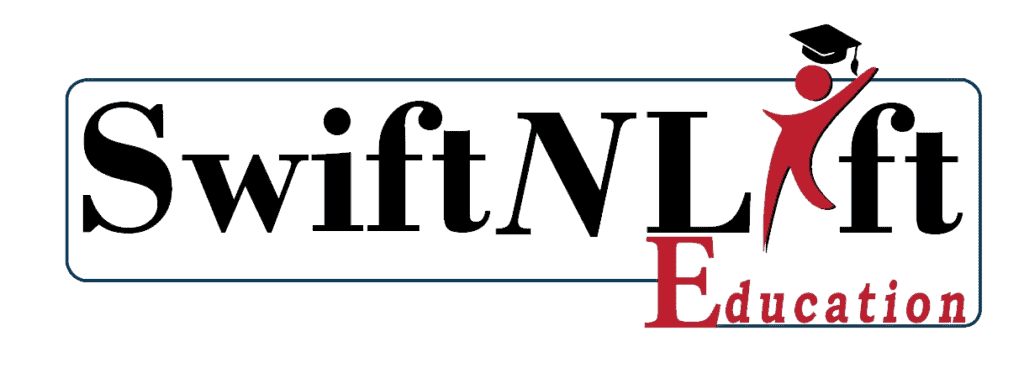

Blended learning is an educational approach that combines traditional in-person instruction with online learning experiences. This approach aims to leverage the strengths of both in-person and online learning to create a more effective and flexible educational experience. Blended learning offers a wide range of possibilities for structuring and delivering education, and it can be applied to various learning topics. Here are some key aspects to consider when discussing blended learning in education and a few learning topics that can benefit from this approach:

Entrepreneurship is all about telling your story. In SwiftNlift Education Business magazine, we promote and share stories and adventures of young and successful entrepreneurs who are overcoming startup challenges on their way to success. We allow digitally linked content to be uploaded and distributed globally.
Copyright © 2023 Swiftnlift Media And Tech LLP All rights reserved